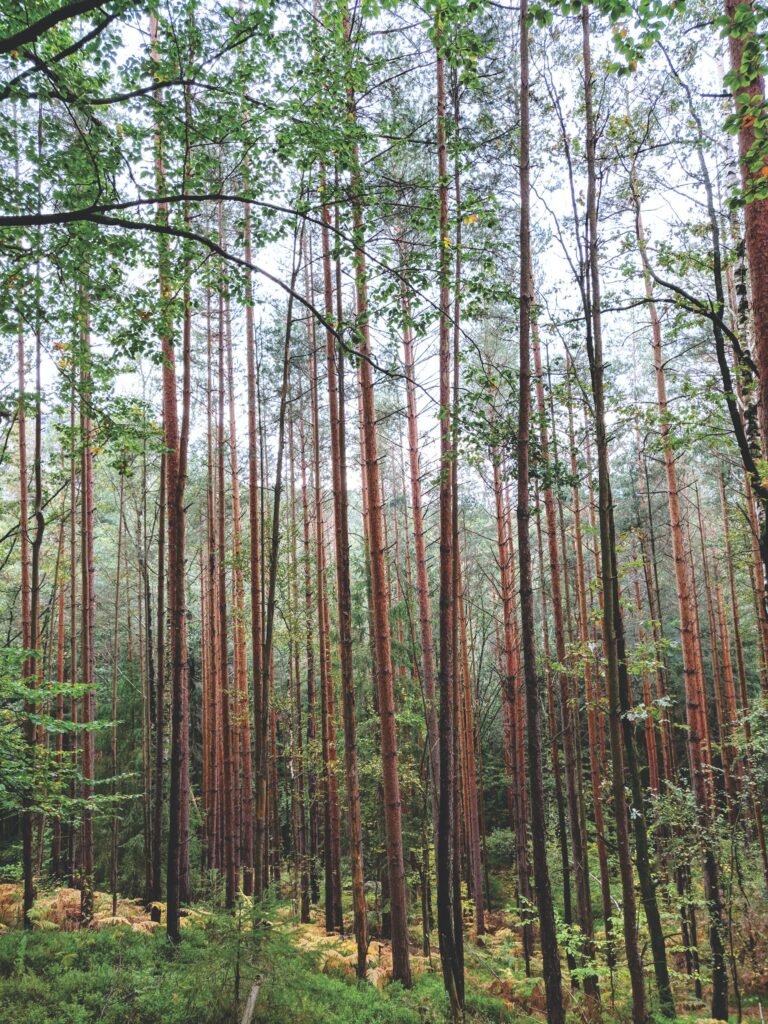Embraced by its tropical climate and characterized by a unique ecological composition, Darwin boasts a diverse array of trees that play a pivotal role in shaping the city’s distinctive landscape. A profound grasp of the lifecycle of these trees is imperative for arborists entrusted with their care and maintenance. From the humble beginnings of seed to the majestic canopy that provides shade and habitat, the lifecycle of trees in Darwin unfolds as a fascinating journey.

Germination and Seedling Stage: A Humble Beginning
The inception of a tree’s lifecycle frequently commences with the germination of a seed. In Darwin’s unique environment, characterized by high temperatures and seasonal rainfall, this process is influenced by specific climatic conditions. Some seeds may lie dormant for extended periods until the arrival of the wet season triggers their awakening.
The germination and seedling stage marks a pivotal phase during which the tree intricately establishes its root system and reaches skyward in pursuit of sunlight. Arborists in Darwin closely monitor soil moisture levels and provide necessary interventions to ensure optimal conditions for germination. Understanding the specific requirements of each tree species during this phase is crucial for successful establishment.
Early Growth and Adaptation: Navigating Darwin’s Climate Challenges
As the seedling transforms into a young tree, it must adapt to Darwin’s unique climate challenges. The city experiences a distinct wet and dry season, each with its own set of demands on plant life. Young trees must adeptly formulate strategies to navigate the duality of challenges posed by the abundance of water during the wet season and its scarcity during the dry season.
Arborists play a pivotal role in supporting the early growth of trees by implementing irrigation strategies, mulching, and monitoring for signs of stress. Understanding the specific needs of each species during this stage ensures that trees not only survive but thrive in Darwin’s environment.
Maturation and Reproduction: The Tree’s Prime Years
As a tree matures, it enters its prime years of reproduction. Darwin’s trees, influenced by the tropical climate, often exhibit unique flowering and fruiting patterns. Arborists keenly observe these patterns to identify the reproductive health of the trees under their care.
During this stage, arborists may engage in selective pruning to promote healthy growth and enhance reproductive success. Understanding the intricacies of pollination and seed dispersal becomes crucial in sustaining the population of native trees and maintaining biodiversity in Darwin.
Facing Challenges: Darwin’s Climate Extremes and Tree Health
Darwin trees are no stranger to climatic extremes. Cyclones, intense heat, and occasional flooding pose significant challenges to their health. Arborists must maintain unwavering vigilance in evaluating and mitigating the repercussions of these climatic extremes, safeguarding the trees for their enduring survival.
Pruning practices may evolve during this stage, focusing on hazard reduction and structural integrity to withstand the forces of nature. Moreover, arborists implement advanced techniques, including cabling and bracing, to furnish supplemental support for trees susceptible to potential wind damage.
Legacy and Renewal: Senescence and Regeneration
As trees age, they undergo senescence, a natural process of decline. Arborists in Darwin are faced with decisions regarding the management of aging trees, considering factors such as safety, aesthetics, and ecological value. Some trees may develop hollows, providing habitat for wildlife, while others may pose risks to urban spaces.
Understanding the ecological role of aging trees is essential. Arborists may promote natural regeneration by allowing seedlings to thrive in the vicinity of older trees or facilitate the growth of new individuals through planned replanting initiatives.
Conservation and Preservation: Arborists as Guardians of Darwin’s Arboreal Heritage
Preserving the diversity of tree species is a key aspect of an arborist’s role in Darwin. The city’s unique environment hosts a wealth of native trees with cultural, historical, and ecological significance. Arborists assume the role of guardians for this arboreal heritage, engaging actively in conservation endeavors to shield endangered species and foster biodiversity.
Through proactive community outreach, arborists embark on the crucial mission of enlightening the public about the profound significance of trees, while also underscoring the impactful role each individual can play in their preservation. Collaborating with local authorities and environmental organizations, arborists Darwin contribute to the development and implementation of conservation programs aimed at safeguarding Darwin’s green treasures.
In conclusion, the lifecycle of trees in Darwin is a dynamic and intricate journey shaped by the city’s tropical climate and ecological diversity. Arborists, with their expertise and dedication, guide these trees through each stage, from the humble beginnings of seed to the towering canopy that defines Darwin’s landscape. As custodians of the environment, arborists play an indispensable role in safeguarding the city’s natural heritage, ensuring that the splendor and resilience of Darwin’s trees endure for future generations to marvel at.